Clipart tagged: ‘dabbler birds’
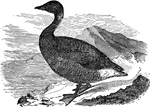
Common Brant
"Bernicla brenta. Brant Goose. Bill, feet, and claws black; iris brown. Head and neck all around, and…
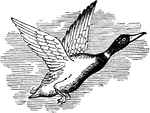
Wild Duck
"Anus boscas. Mallard. Wild or Domestic Duck. Green-head. Bill greenish-yellow. Feet orange-red. Iris…
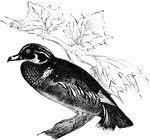
Wood Duck
"Aix sponsa. Wood Duck. Summer Duck. "The Bride." Adult Male: Bill pinkish-white, with lake-red base,…
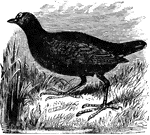
Gallinule
"Gallinula. Gallinules. Water Hens. Mud Hens. Bill not longer than head, stout at base, tapering, compressed,…
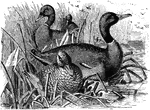
Mallards
"Anus boscas. Mallard. Wild or Domestic Duck. Green-head. Bill greenish-yellow. Feet orange-red. Iris…

Northern Shoveler
"Spatula clypeata. Shoveller Duck. Broad-bill. Bill blackish; iris orange-red: feet vermilion-red. Head…

Mute Swan
"Cygynus. White Swans. Neck of extreme length. Trachea normally entering sternum. Bill tuberculate or…
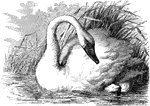
Whistling Swan
"Cygnus columbianus. Common American Swan. Whistling Swan. Bill with a yellow spot or blotch in front…
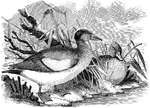
American Wigeon
"Mareca americana. American Wigeon. Bald-pate. Bill grayish-blue, with black tip and extreme base; feet…